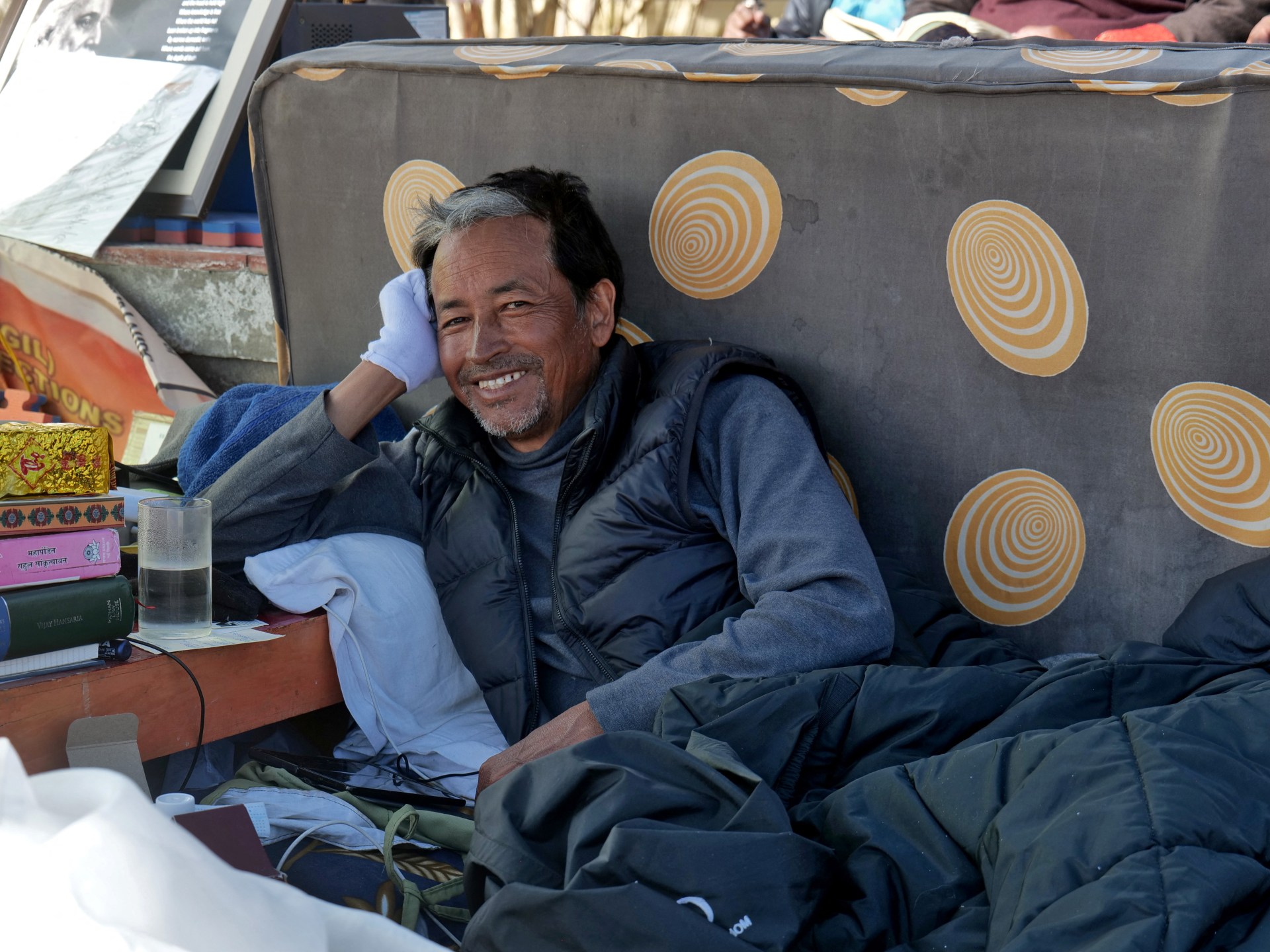The Nobel Foundation
Tasked with a mission to manage Alfred Nobel’s fortune and has ultimate responsibility for fulfilling the intentions of Nobel’s will.

Michel H. Devoret
Nobel Prize in Physics 2025
Born: 1953, Paris, France
Affiliation at the time of the award:
Yale University, New Haven, CT, USA; University of California, Santa…

This month’s full moon falls on different days, depending on where you are in the world. In E.T., the full moon will reach its peak late in the day, 11:47 p.m. on Oct. 6. However, in BST, the peak…

On 6-7 October 2025, the Budapest Process convened its Thematic Working Group on Law Enforcement Cooperation in Sofia, co-chaired by Bulgaria and Iraq. The meeting brought together 16 countries, more specifically 62 senior officials,…


New Delhi, India — On the night of August 5, 2019, hundreds of Kashmiris were arrested amid a crackdown by Indian security forces that followed the Indian government’s decision to strip the region of its special rights and status as a…
This request seems a bit unusual, so we need to confirm that you’re human. Please press and hold the button until it turns completely green. Thank you for your cooperation!

A Pakistan-born German scientist has…